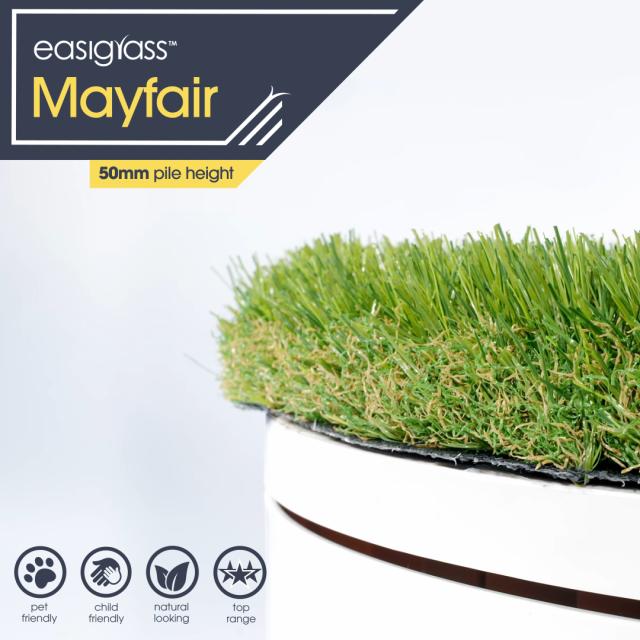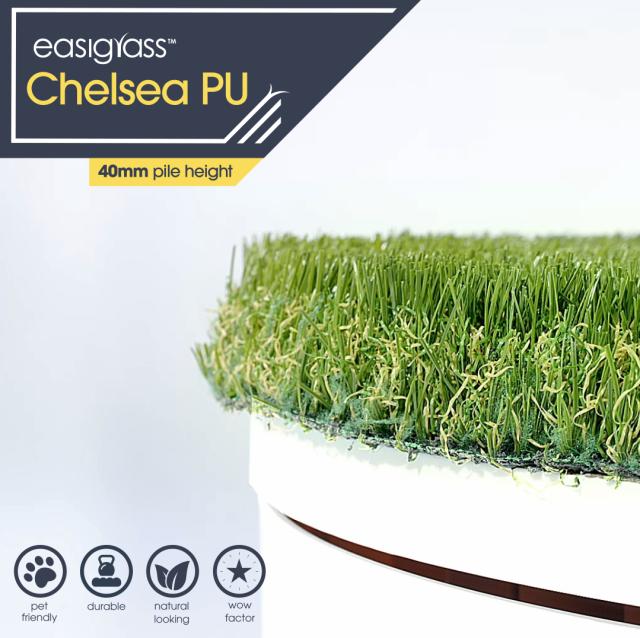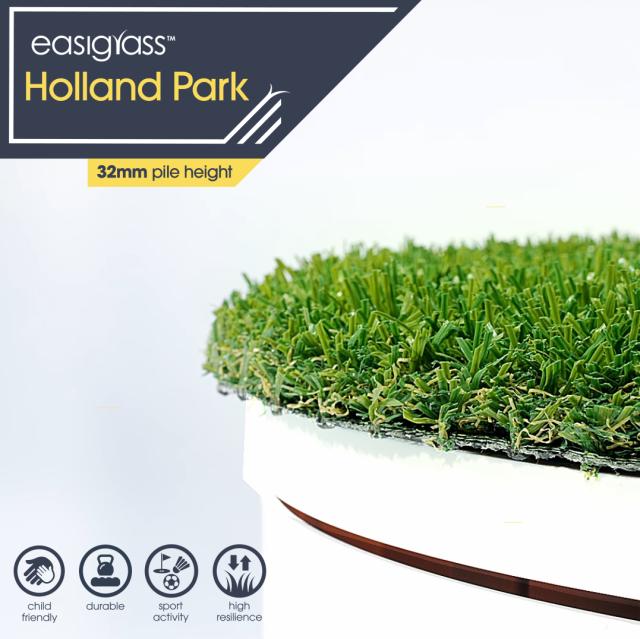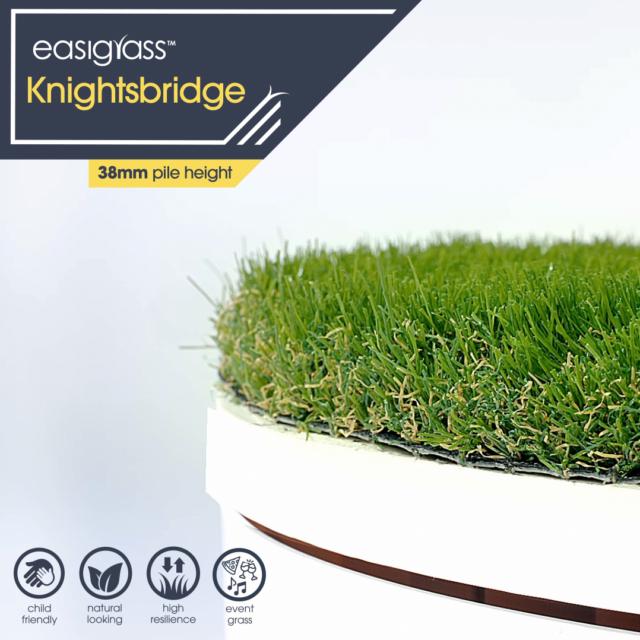How To Get Rid of Leatherjackets in Your Garden
If you notice yellowing or weakened patches in your lawn, leatherjackets—larvae of crane flies—could be the cause. These pests feed on grass roots, leading to significant lawn damage and ongoing maintenance issues.
To treat a leatherjacket infestation, apply nematodes, which are microscopic worms that target these grubs. It’s helpful to scarify your lawn beforehand for better effectiveness. If damage is severe, you may need to reseed or replace affected areas. For long-term prevention, consider switching to artificial grass. Easigrass offers a beautiful, low-maintenance alternative that eliminates the risk of pests while saving you time and effort in lawn care.
If you’ve noticed patches of yellowing or weakened grass in your garden, leatherjackets may be the culprit. Leaving them to their own devices can wreak havoc to a lawn year-on-year.
So, in this article, we’ll guide you through how to spot a leatherjacket infestation and how to get rid of them from your lawn.
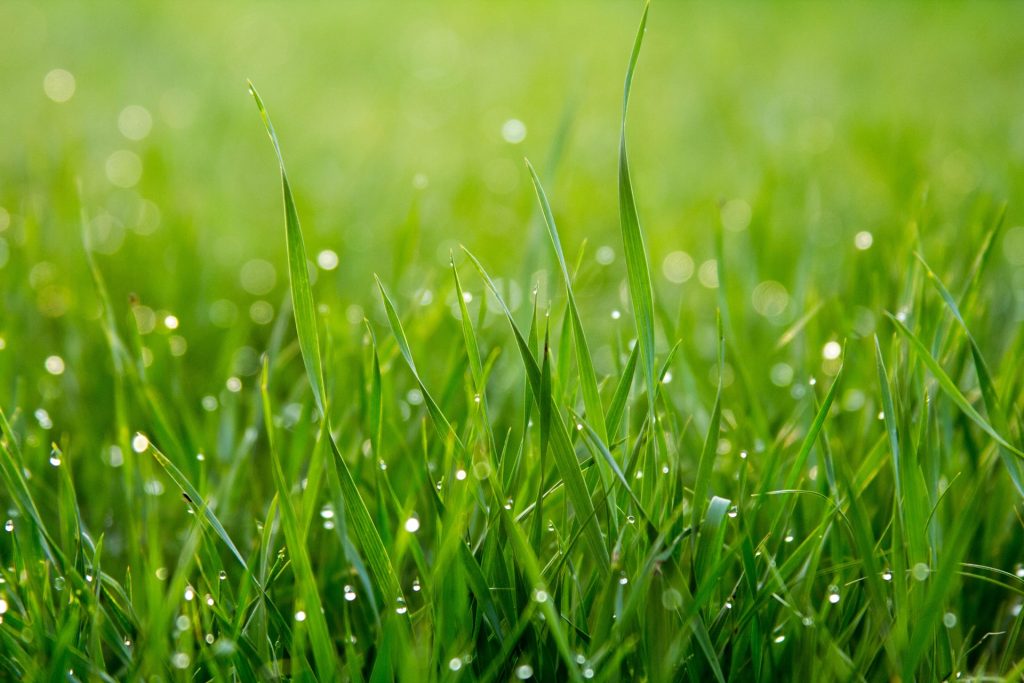
What Are Leatherjackets?
Leatherjackets are the larvae of crane flies (more popularly known as ‘daddy longlegs’), and are usually around 30mm in length with a ribbed appearance and grey or brown skin.
Why are Leatherjackets a Problem?
Leatherjackets are grubs that survive by feeding on grass roots which can eventually lead to lawn damage, grass weakening and even grass death – depending on the extent of the infestation. This damage may be most noticeable in spring when the leatherjackets are usually fully developed.
Of course, this means ongoing lawn care and regular treatment or replacement of patches of grass, which can end up being both time-consuming and costly.
The cycle of laying eggs, pupating leatherjackets and the transformation into crane flies is an ongoing, yearly one – so until you get to the root cause, it could also end up being an annual problem.
Signs of Leatherjackets in a Garden
The key signs of a leatherjacket infestation include:
- Patches of yellowing grass
- Patches of dead, dying or weakened grass
- Creatures such as magpies, foxes, badgers, moles and many more like to feed on leatherjackets, so if you’re noticing that your lawn is attracting new visitors, it could be that they’ve been enticed by a possible infestation
- The physical appearance of the grubs in question is confirmation of infestation, so it might be worth having a search round to see if you can spot them, as other types of infestations can also cause similar issues – after all, it’s important to know exactly what you’re treating
How To Get Rid of Leatherjackets
Let’s examine how to treat a leatherjacket infestation and how to prevent leatherjackets from re-emerging in future.
- Treatment: The most common treatment for a leatherjacket infestation is applying nematodes, which are microscopic worms which feed on the leatherjackets. It’s also wise to scarify your lawn prior to applying the nematodes to give them the best chance of working. If the leatherjackets have damaged your turf significantly, you may also need to resurface or reseed certain patches or possibly replace the entire lawn, depending on the extent of the damage.
- Prevention: If you want to avoid future pest infestations and enjoy a healthy lawn with minimal maintenance, then artificial grass is becoming a popular option with homeowners. Easgirass is a leading provider of award-winning artificial turf which balances a beautiful natural appearance with all the benefits of artificial grass – namely no pests, mowing or maintenance. This is the ideal solution for those who are looking for a cost-effective way to bypass pest infestations that can also save time on all other areas of lawn care.
Easigrass Essex & Hertfordshire is a leading artificial grass supplier supplying fake grass to homes and businesses across Braintree, Clacton-on-sea, Romford, Basildon, Colchester, Chelmsford, Grays, Brentwood, Harlow, Harpenden, Southend-on-Sea, St Albans, Billericay, Hatfield, Bishop’s Stortford, Woodford Green, Hertford, Stevenage, Welwyn Garden City & beyond.
Here at Easigrass Essex & Hertfordshire, we supply and install our award-winning artificial grass for homes across the region. As a low-maintenance option with an ultra-natural appearance, our artificial lawns look the part in any wildlife-friendly garden. To find out more about our products, simply get in touch with our team today. Call us on 01277 284395




